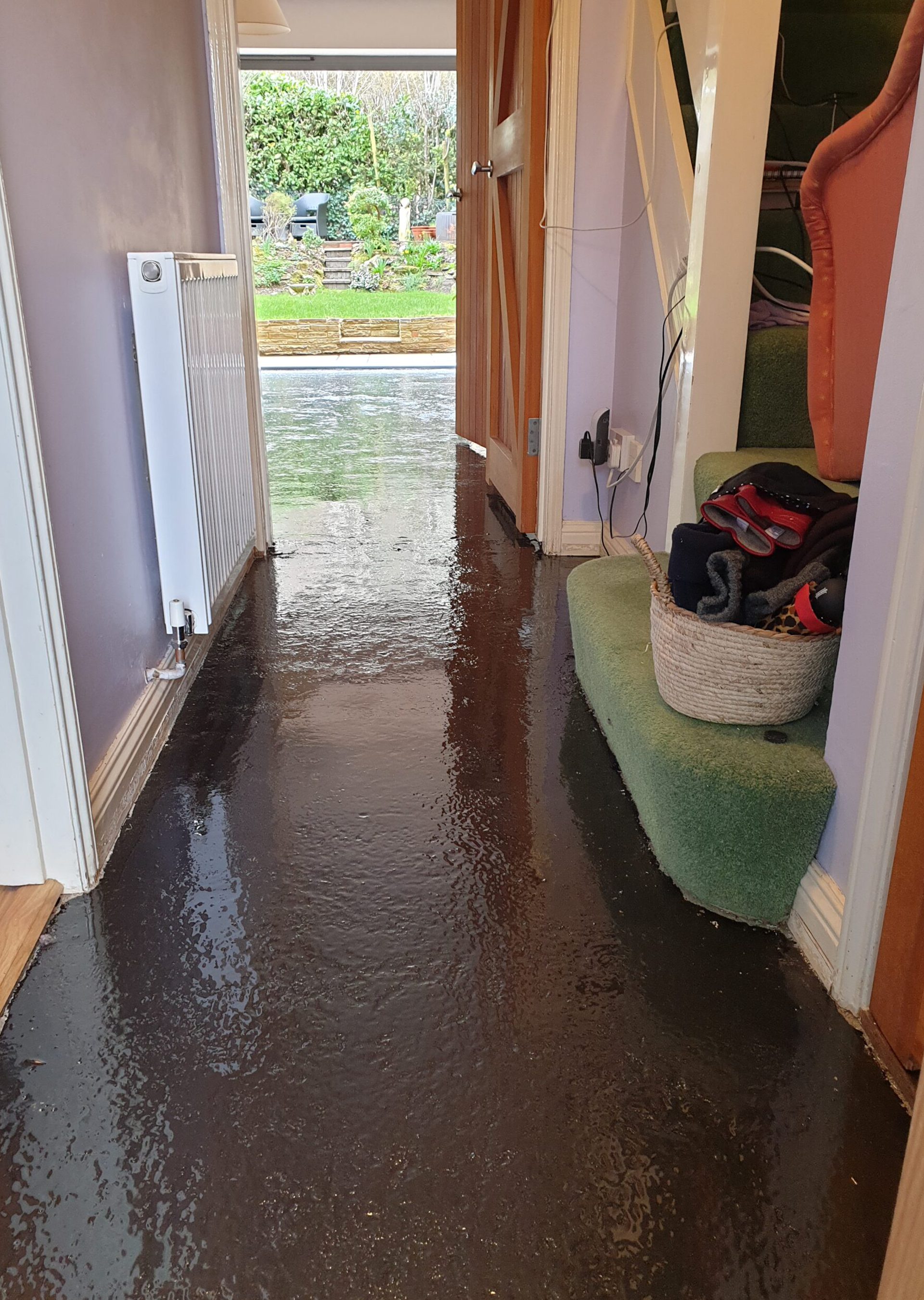Damp Proofing
Damp proofing is essential for every building, as rising damp can infiltrate any building and can cause mould, disintegrate material and allow the growth of mites which can cause illness.
Damp proofing became mandatory in 1875 therefore any building built before this time is at a greater risk if rising damp.


Normandy Cricket Club
Warson Flooring were asked to take a look at some flooring at Normandy Cricket Club. There were two main problems with the floor: the level of damp was too high & the old carpet was not fit for purpose.
After using a digital hygrometer to take a reading of the moisture levels, a plan was put into place. Firstly, the carpets were stripped out and the old adhesive ground off using a floor sander before leaving the floor to air out for a week. Patience was key with this job, as the next step was to apply Fball F77 Damp proof membrane to protect the flooring from any rising damp. Once cured after 24 hours, this was covered with a layer of smoothing compound to give a smooth surface for the new carpet to be adhered too.
Warson researched their options for the clubs specific needs, the main one being that the carpet needed to be suitable for cricket spikes. On any given Saturday in the summer, there can be 44 or more players walking through the entrance to the food hall or changing facilities.
The best product for the clubs situation was Rawson Carpet Solutions Spikemaster carpet tiles, which we stuck down using FBall F3 to mitigate the risk of the spikes in the boots pulling the carpets up over time.
Damp Proofing FAQ's
Concerned about damp in your property?
Our Damp Proofing FAQ section addresses the most common questions about identifying, treating, and preventing damp issues. Whether you’re experiencing condensation, rising damp, or need expert advice on protecting your floors and walls, these FAQs will help you understand your options and how professional damp proofing can safeguard your home or business.
Damp proofing is a treatment or preventative measure used to stop moisture from entering or rising through walls and floors, protecting your property from damage caused by damp.
Common signs of damp include musty smells, discoloured patches on walls, peeling paint or wallpaper, mould growth, and a cold, clammy feeling in affected areas.
Damp can be caused by several factors, including poor ventilation, leaking pipes, faulty gutters, rising moisture from the ground, or inadequate damp-proof courses.
We provide a range of solutions, such as chemical damp proof courses, tanking, membrane systems, and advice on improving ventilation and drainage to prevent future issues.
While some minor damp issues can be addressed with DIY methods, professional damp proofing ensures a thorough diagnosis and long-lasting solution, especially for persistent or severe problems.
